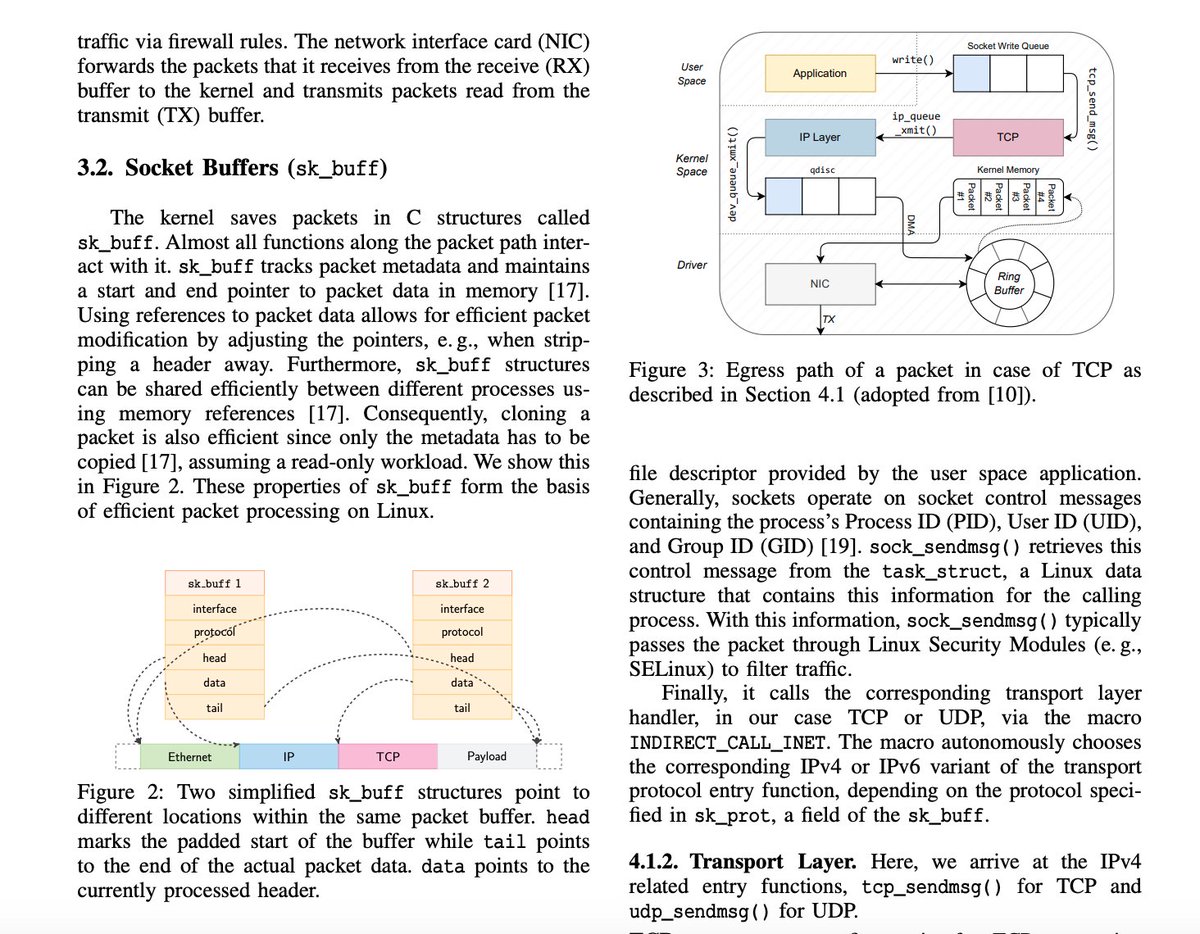
Anderson Nascimento
@andersonc0d3
Followers
3K
Following
34K
Statuses
8K
Founder & Security Researcher @allelesecurity Mastodon: @[email protected] Bluesky: @andersonc0d3.bsky.social
Salvador, Brazil
Joined December 2009
Blog post I wrote about an unexpectedly vulnerability we discovered in the TCP subsystem of the Linux kernel. This one is interesting because it can lead to a UAF even with the reference counter saturation mechanism present. I hope you enjoy it.
While working on a nday vulnerability research project, we stumbled upon a vulnerability in the core of the TCP subsystem of the Linux kernel. We reported it upstream, which was fixed in May of last year. This blog post shares how we came across it and our vulnerability analysis.
3
12
82
RT @wangbin579: To learn TCP, read the RFCs to understand the design, then dive into the Linux kernel’s TCP code. Build your own TCP stream…
0
271
0
RT @21verses: I wrote a blog post exploring the math behind #dataflow analysis. Frequently used in #compilers, #decompilers, static analyze…
0
12
0
RT @alexjplaskett: The most successful security researchers are mental athletes, relentlessly seeking an intellectual edge They hunt for v…
0
7
0
RT @alexjplaskett: Accidentally uncovering a seven years old vulnerability in the Linux kernel by @allelesecurity
0
28
0
RT @cowfault: This blog post cleared up a bunch of ARM64 caching confusion I had, well worth a read:
0
14
0
RT @StephenSeiler: 12 Truths about Endurance Training that 30 years in labs and out with athletes have taught me:
0
43
0
RT @offensive_con: ****For students and private individuals (not paid by a company) ONLY*** We are releasing a very limited amount of tick…
0
18
0
RT @allelesecurity: Accidentally uncovering a seven years old vulnerability in the Linux kernel
0
21
0
RT @allelesecurity: It is a reference counter issue, and a mechanism in the Linux kernel usually prevents those issues from being exploitab…
0
1
0
RT @allelesecurity: While working on a nday vulnerability research project, we stumbled upon a vulnerability in the core of the TCP subsyst…
0
13
0
RT @jvanegue: I have room for a fuzzing researcher to work with me and the research team on some new exciting ideas. Ping me up If you're i…
0
12
0
Hi Jim, I'm trying to understand how heart rate zones, particularly zone 2, change with increased fitness. I'd appreciate your clarification as I have been following you for a while and know you are experienced. Last year, I had two lab tests that indicated a high zone 2 heart rate. I was initially skeptical because I've observed individuals who are fitter than me having lower zone 2 heart rates. However, after thinking about it for a while, I realized my initial understanding might be flawed. My current thinking is this: As athletes' fitness improves, their ability to run faster increases. Could this increased speed effectively "shift" their heart rate zones downwards? For example, an athlete who trains consistently for several years might find that what was previously their zone 2 heart rate now corresponds to their zone 4 or 5, but at a significantly faster pace. Essentially, their heart rate zones shift relative to their pace. Is this interpretation correct? Does increased fitness lead to a decrease in heart rate zones for a given pace? In other words, does the same heart rate now correspond to a faster pace, effectively shifting the zones downwards in terms of pace?
2
0
0



